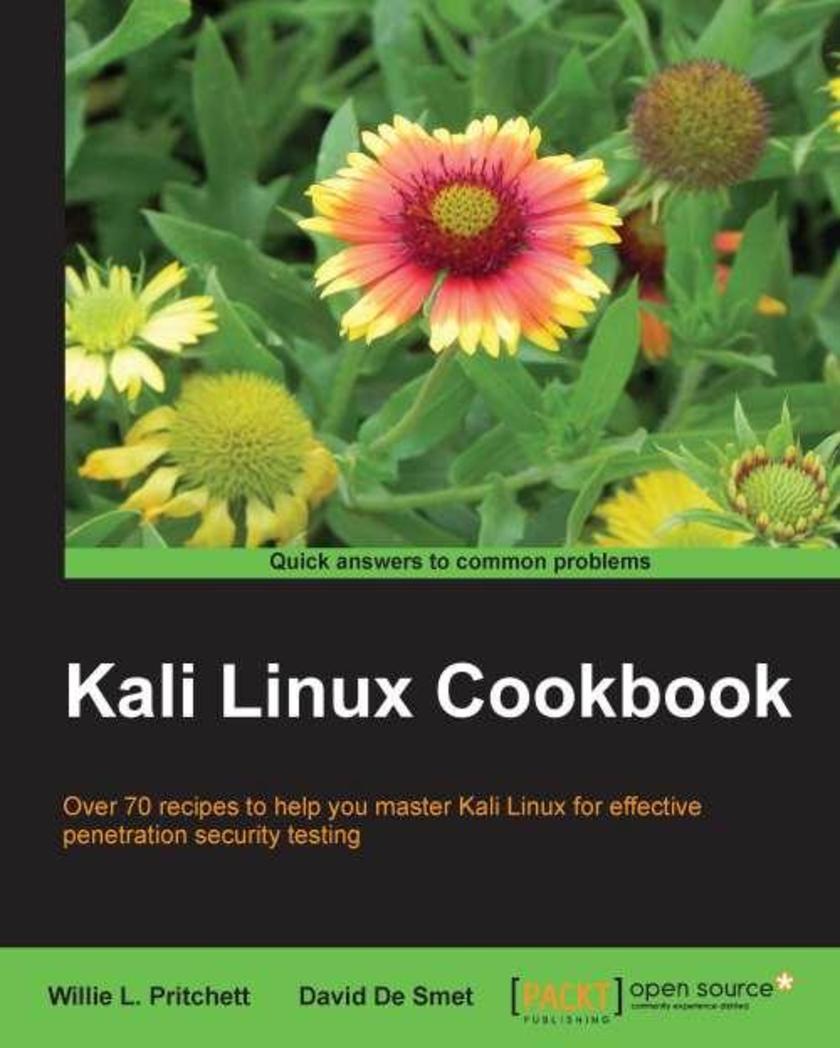
Kali Linux Cookbook
¥75.20
A practical, cookbook style with numerous chapters and recipes explaining the penetration testing. The cookbook-style recipes allow you to go directly to your topic of interest if you are an expert using this book as a reference, or to follow topics throughout a chapter to gain in-depth knowledge if you are a beginner.This book is ideal for anyone who wants to get up to speed with Kali Linux. It would also be an ideal book to use as a reference for seasoned penetration testers.
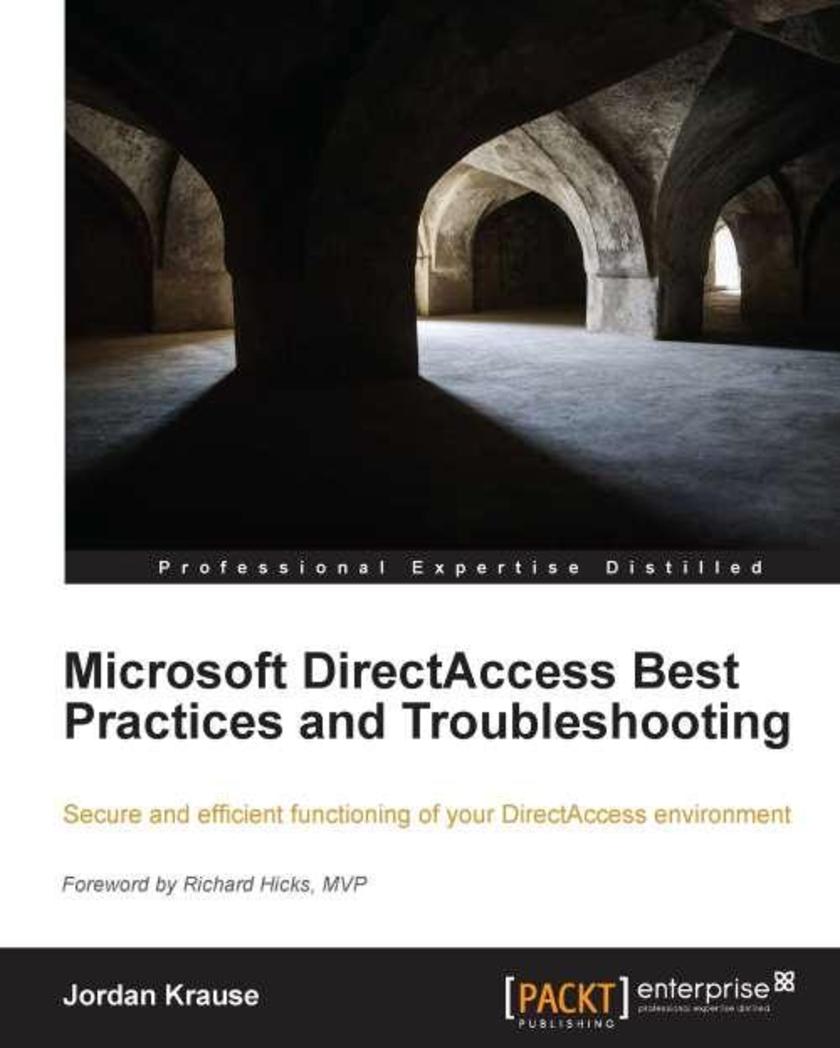
Microsoft DirectAccess Best Practices and Troubleshooting
¥68.66
This book covers best practices and acts as a complete guide to DirectAccess and automatic remote access.Microsoft DirectAccess Best Practices and Troubleshooting is an ideal guide for any existing or future DirectAccess administrator and system administrators who are working on Windows Server 2012. This book will also be beneficial for someone with a basic knowledge of networking and deployment of Microsoft operating systems and software who wants to learn the intricacies of DirectAccess and its interfaces.
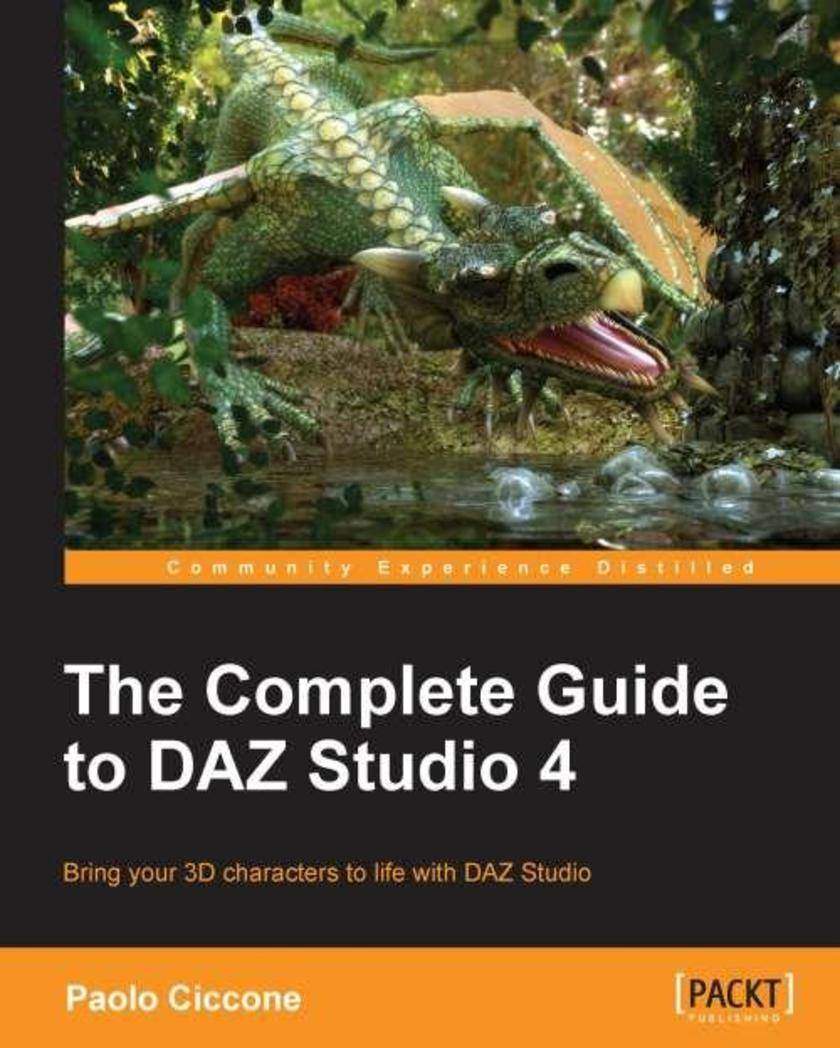
The Complete Guide to DAZ Studio 4
¥80.65
The book builds up a complete project from scratch and demonstrates the power of DAZ to create life-like characters. The book is replete with detailed examples and instructions on creating a tailor-made marvel out of scratch.This book can be used by anybody who has DAZ Studio 4, regardless of their level of familiarity with the program or the concepts of 3D art.
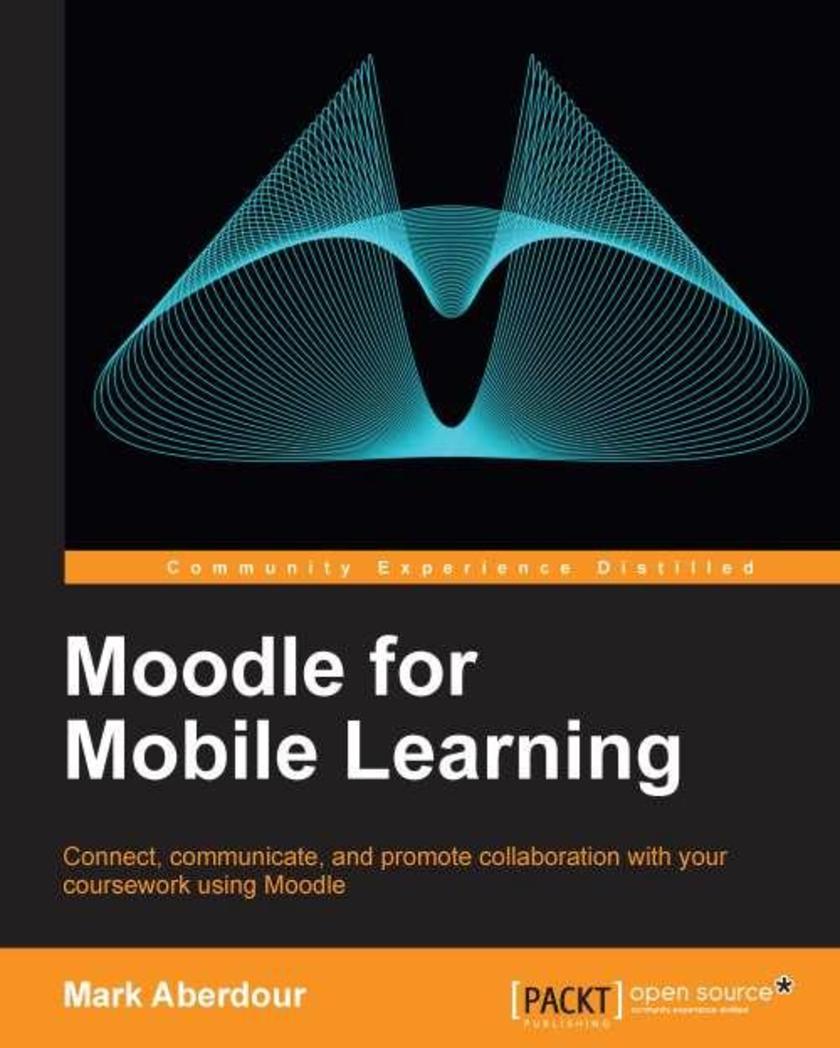
Moodle for Mobile Learning
¥71.93
A guide with practical examples that gives you hands-on knowledge in creating learning environments for Mobile devices using Moodle, while also empowering you to create your own effective mlearning course designs."Moodle for Mobile Learning" is primarily aimed at Moodle course practitioners – teachers, tutors, instructors, and learning and development professionals. It does not require you to have an in-depth knowledge about any mobile technologies. It is for anyone who has the desire to deliver great courses that allow their learners to interact using the devices in their pockets.
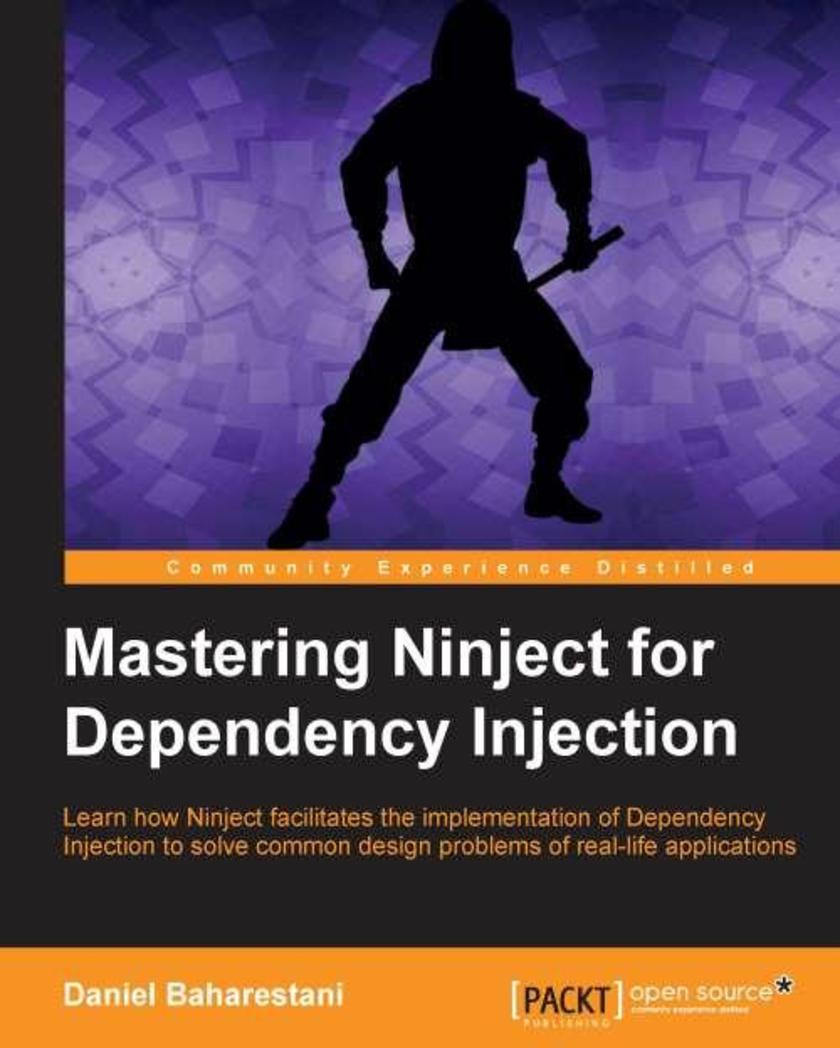
Mastering Ninject for Dependency Injection
¥59.94
Mastering Ninject for Dependency Injection teaches you the most powerful concepts of Ninject in a simple and easy-to-understand format using lots of practical examples, diagrams, and illustrations.Mastering Ninject for Dependency Injection is aimed at software developers and architects who wish to create maintainable, extensible, testable, and loosely coupled applications. Since Ninject targets the .NET platform, this book is not suitable for software developers of other platforms. Being familiar with design patterns such as singleton or factory would be beneficial, but no knowledge of dependency injection or IoC is assumed.
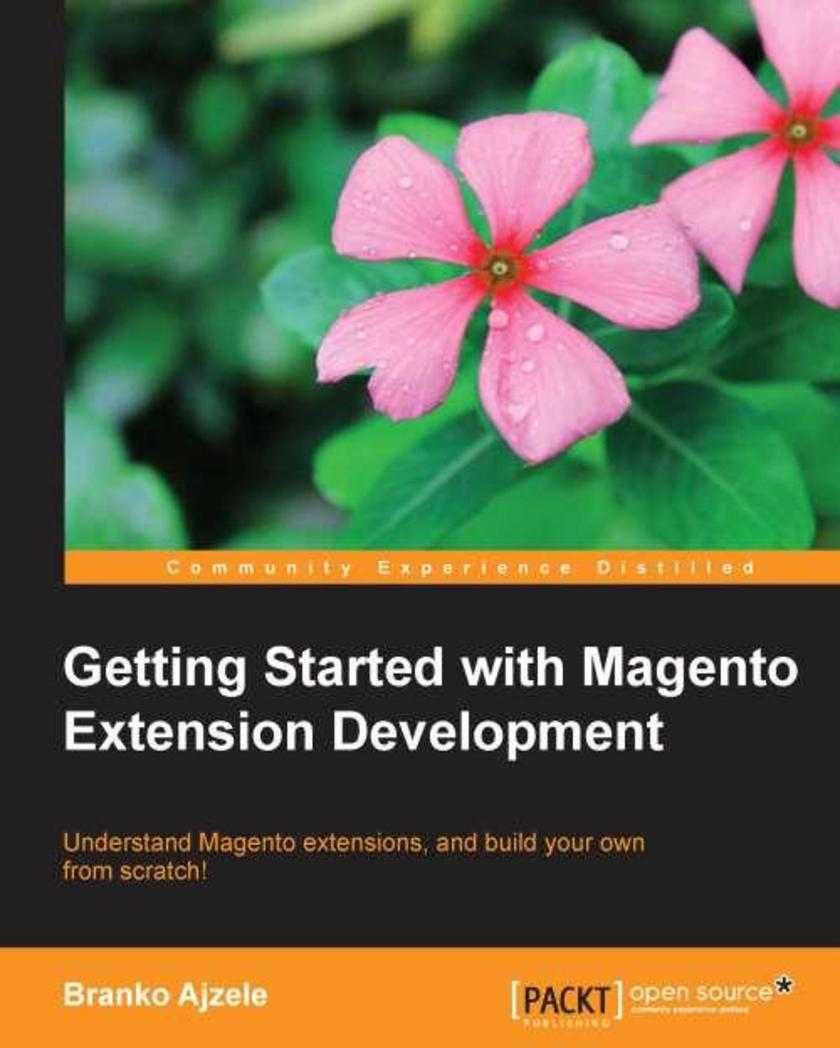
Getting Started with Magento Module Development
¥63.21
This project-based tutorial gives you a strong foundation and guides you through practical, real-world examples.This book contains valuable insights for both newbies and already established Magento developers. This book is targeted at new and intermediate PHP developers starting afresh with Magento module development.
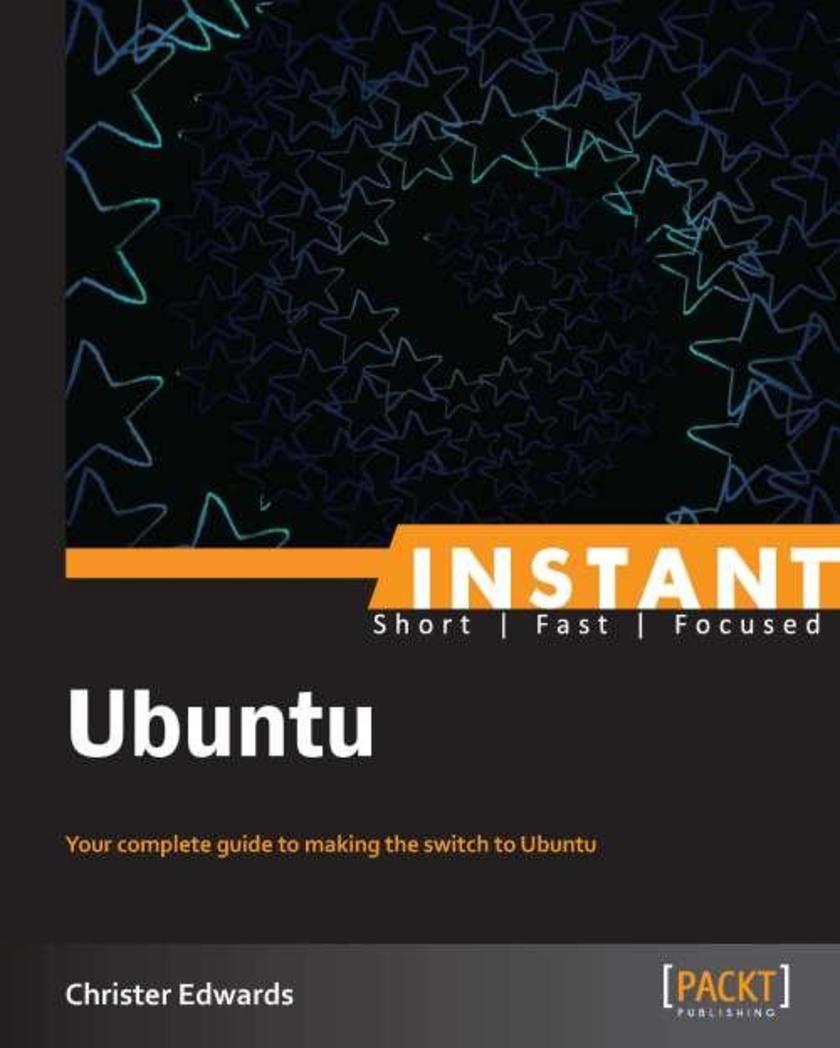
Instant Ubuntu
¥35.96
Get to grips with a new technology, understand what it is and what it can do for you, and then get to work with the most important features and tasks.This title is a step-by-step guide to installing and using Ubuntu easily and quickly.If you are interested in exploring what Ubuntu Linux has to offer, this is the book for you.Instant Ubuntu is written from the standpoint of a beginner. All you need to get started with this book is a very basic understanding of computing, such as the ability to burn a DVD and navigate the Internet.
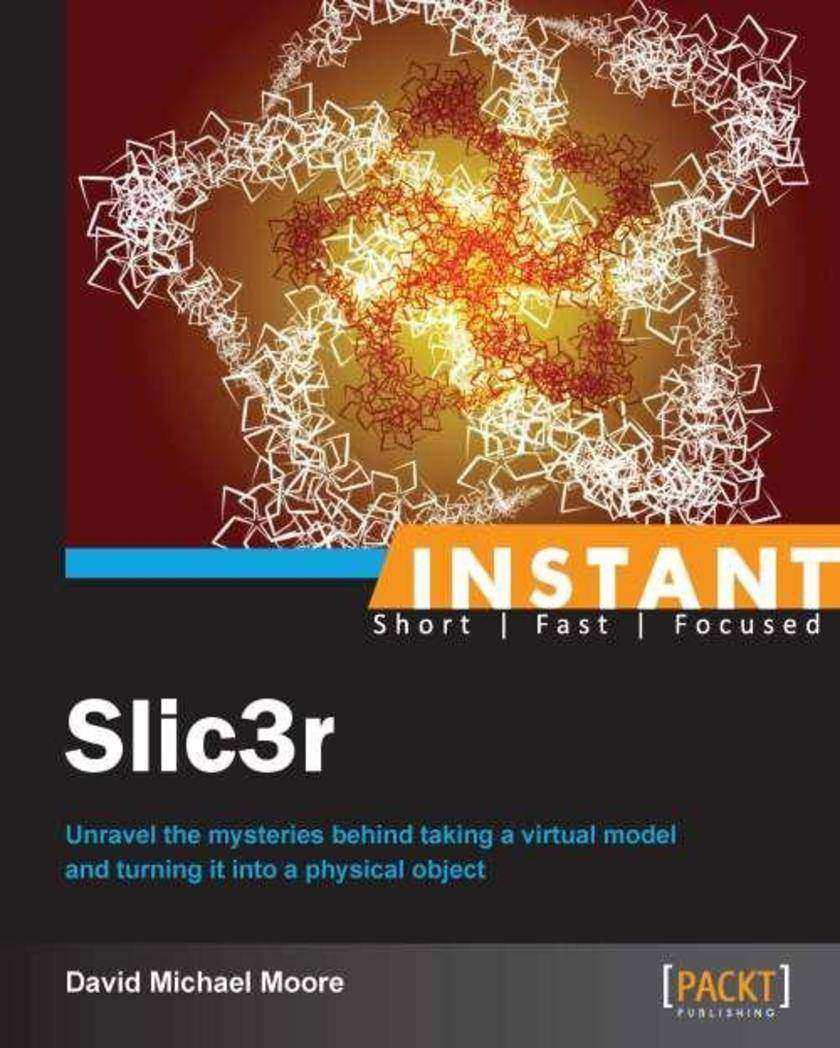
Instant Slic3r
¥41.41
Filled with practical, step-by-step instructions and clear explanations for the most important and useful tasks. Instant Slic3r follows a practical, recipe-based approach that will show you how to complete the various steps to turn 3D models into actual objects with a 3D printer.Instant Slic3r is for people new to 3D printing and its software, and also for people who are new to Slic3r. You will need to know the basics of 3D printing, and how to use your printer and the other software associated with it.
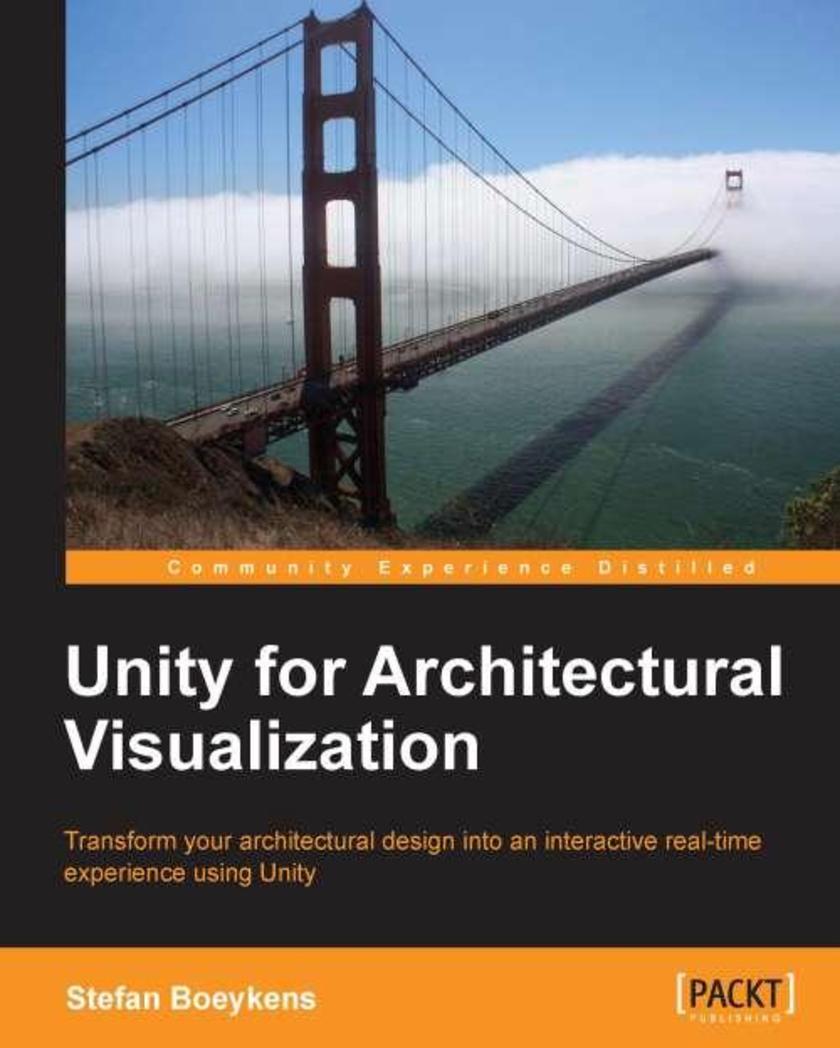
Unity for Architectural Visualization
¥63.21
A tutorial packed with practical examples and screenshots to help you become an expert in architectural visualization using Unity.This book is written for students and professional architects who know how to model buildings in 3D and have a need to turn their design into an interactive model, even if you have never used Unity before. Experience with visualization and programming will be helpful, but is not required to follow along. You will learn all the basics throughout with the help of step-by-step examples. The majority of the examples work fine in any recent version of the Unity software, on Windows or Mac, but occasionally features of the Pro version are required.
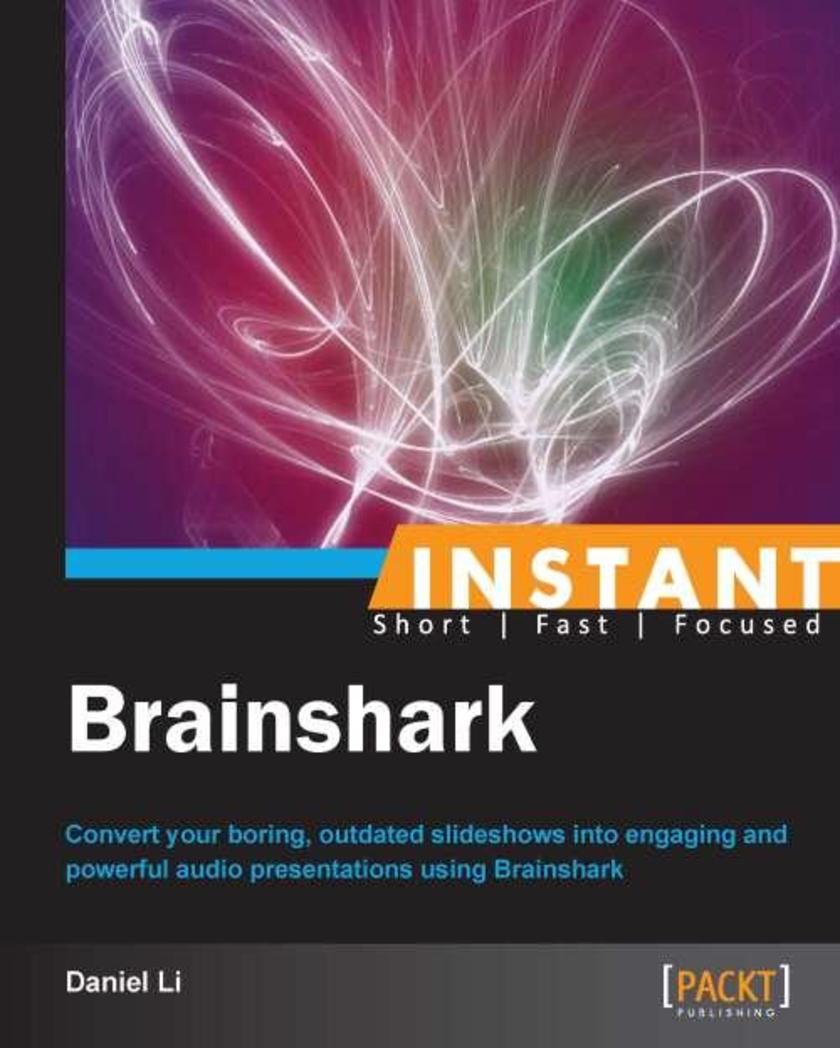
Instant BrainShark
¥45.77
Filled with practical, step-by-step instructions and clear explanations for the most important and useful tasks. "Instant BrainShark" is a step-by-step guide to creating online presentations using BrainShark. The book covers digital marketing best practices alongside tips for sales conversions. The book is written in an easy-to-read style for anybody to easily pick up and get started with BrainShark.Instant BrainShark is for anyone who wants to use BrainShark to create presentations online and share them around the community. The book is also useful for developers who are looking to explore BrainShark as a possible way to market their existing presentations or podcasts.
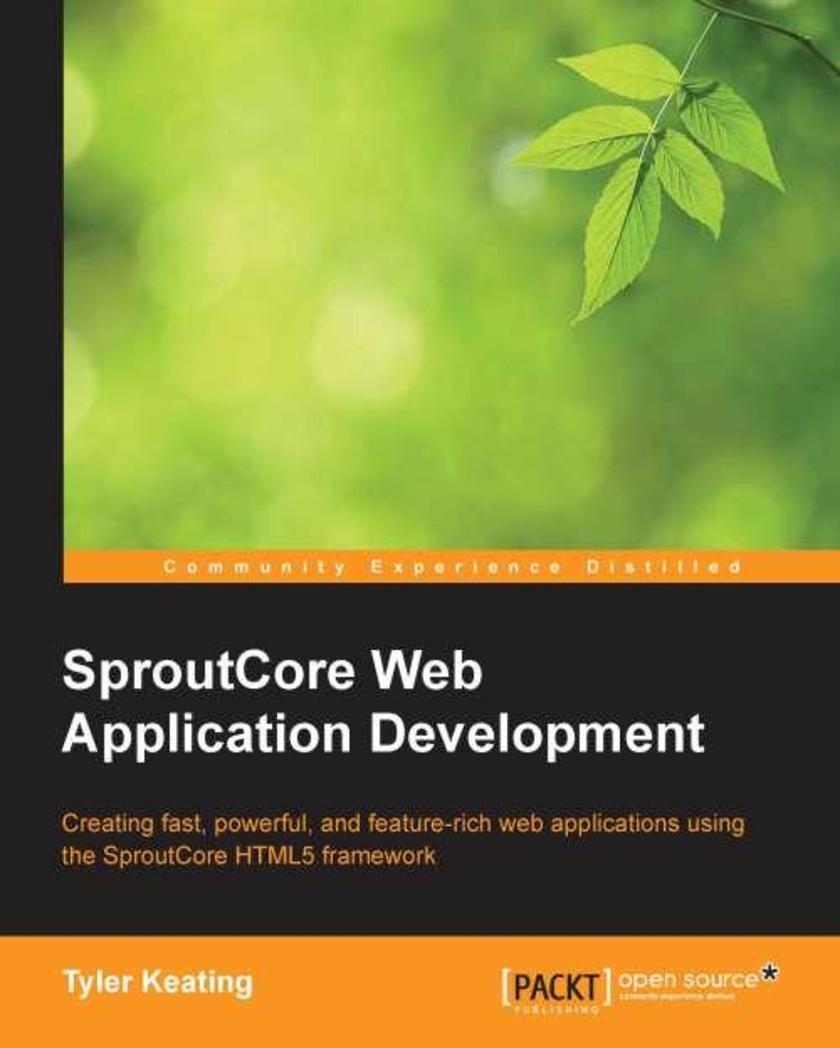
SproutCore Web Application Development
¥80.65
Written as a practical, step-by-step tutorial, Creating HTML5 Apps with SproutCore is full of engaging examples to help you learn in a practical context.This book is for any person looking to write software for the Web or already writing software for the Web. Whether your background is in web development or in software development, Creating HTML5 Apps with SproutCore will help you expand your skills so that you will be ready to apply the software development principles in the web development space.
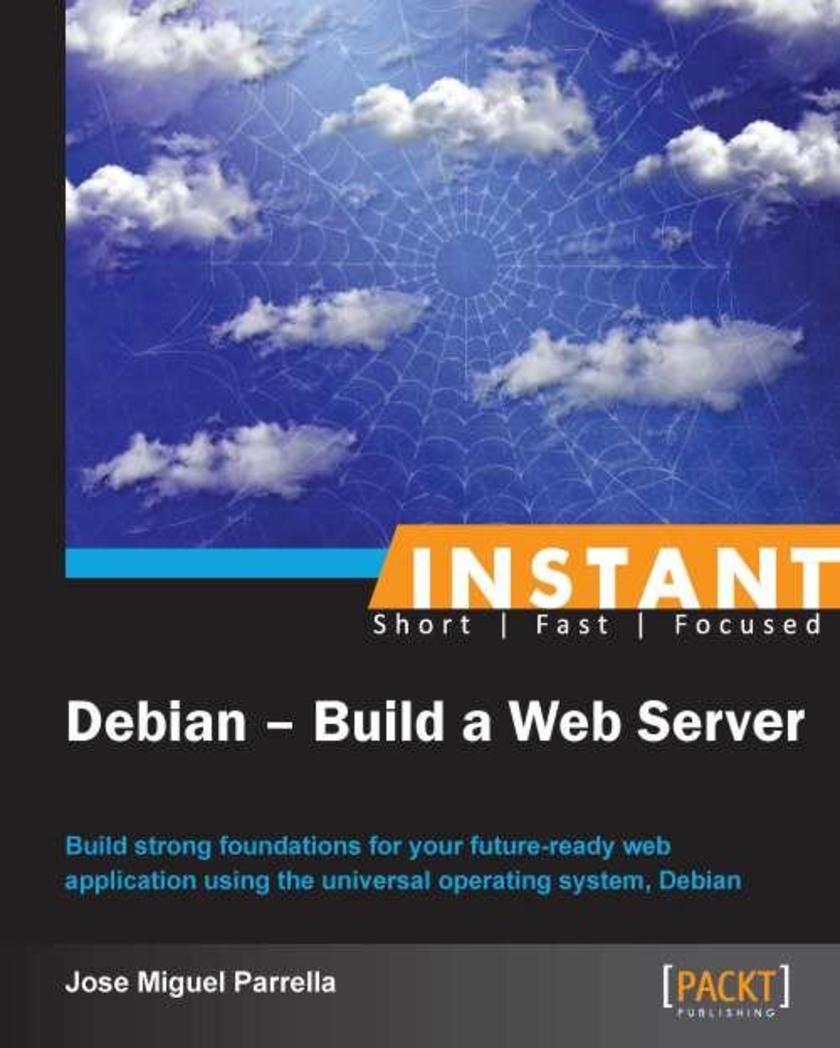
Instant Debian: Build a Web Server
¥45.77
Filled with practical, step-by-step instructions and clear explanations for the most important and useful tasks. A concise guide full of step-by-step recipes to teach you how to install and configure a Debian web server.This is an ideal book if you are an administrator on a Development Operations team or infrastructure management, who is passionate about Linux and their Web applications but have no previous experience with Debian or APT-based systems.
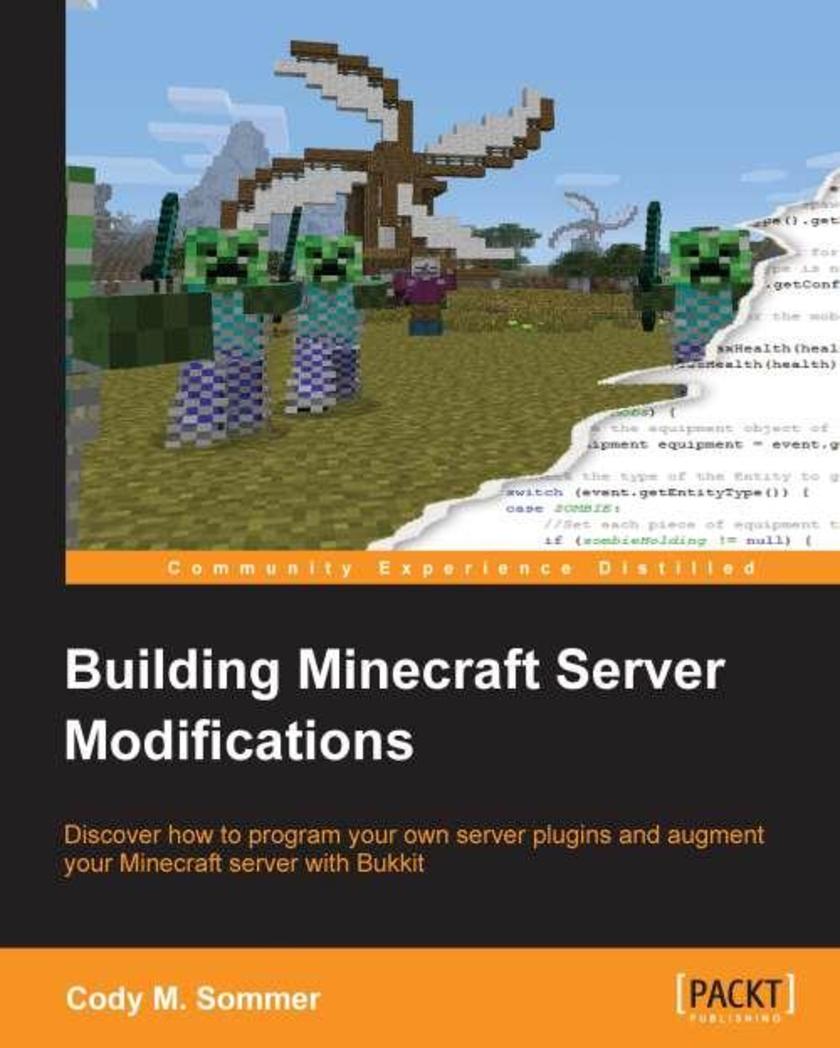
Modifying Minecraft with the Bukkit API
¥54.49
Modifying Minecraft with the Bukkit API is a unique guide that will walk you through the entire process of developing mods for your Minecraft server.Modifying Minecraft with the Bukkit API is great for anyone who is interested in customizing their Minecraft server. Whether you are new to programming, Java, Bukkit, or even Minecraft itself, this book has you covered. All you need is a valid Minecraft account. If you are interested in software development then this book will help you get started. If you are simply interested in playing Minecraft with your friends then this book will help you make that experience even more enjoyable.
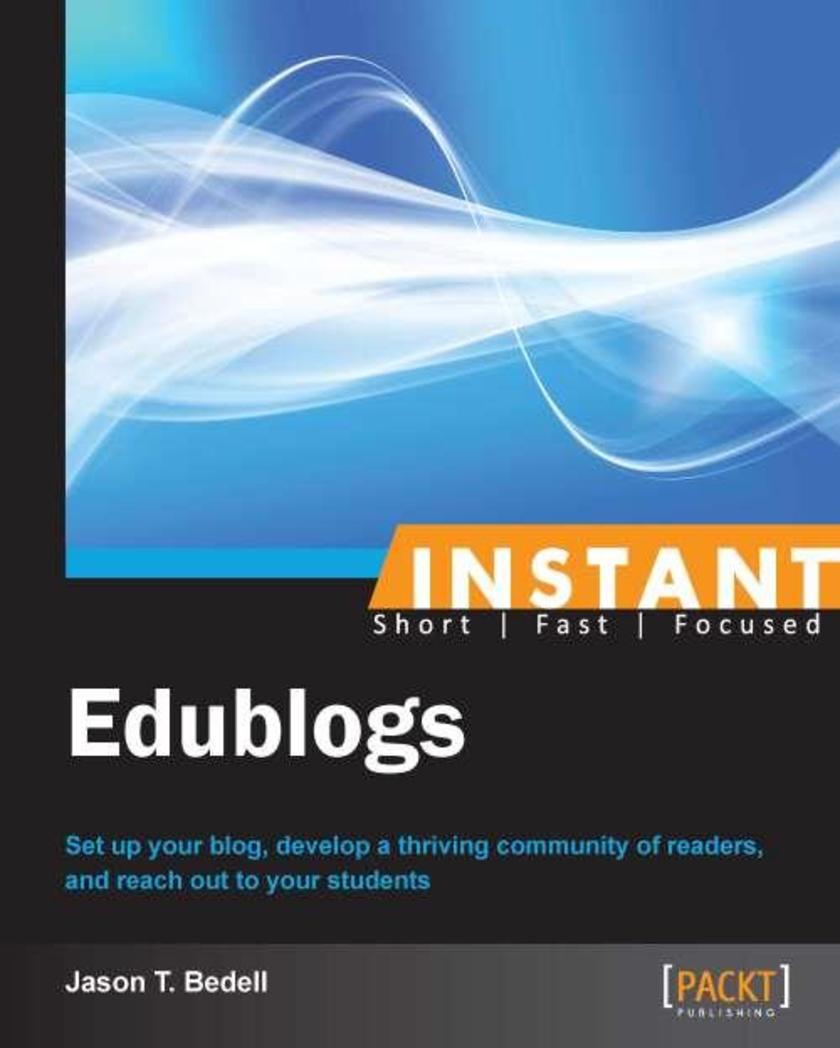
Instant Edublogs
¥41.41
Filled with practical, step-by-step instructions and clear explanations for the most important and useful tasks. A concise guide full of step-by-step recipes to teach you how to set up and manage your blog.Instant Edublogs is aimed at educators – teachers, administrators, support specials, and paraprofessionals – who want to share their experiences and learn from others online. While some CSS and HTML skills can be helpful for understanding some of the advanced features, no specific technical knowledge is needed
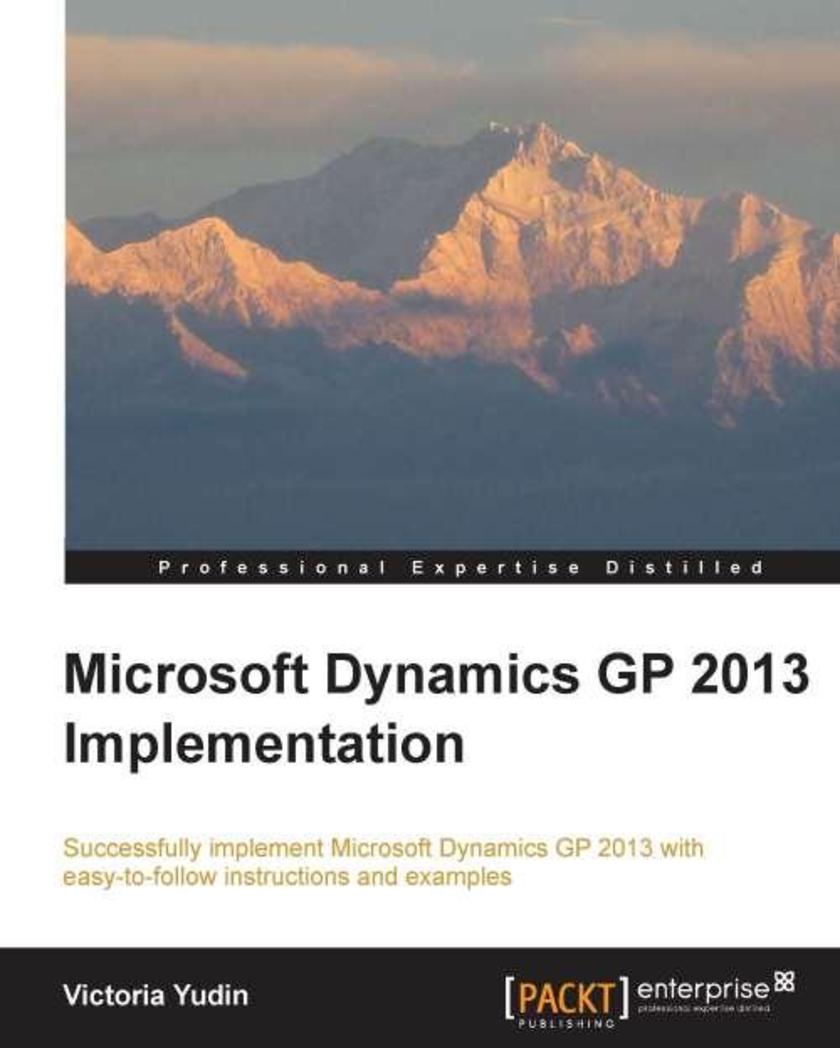
Microsoft Dynamics GP 2013 Implementation
¥107.90
A step-by-step guide for planning and carrying out your Microsoft Dynamics GP 2013 implementation. Detailed de*ions and illustrations of setup screens and practical examples and advice are included for the Dynamics GP system and core modules.If you are a new or existing Microsoft Dynamics GP consultant or an end user who wants to implement, install, and set up core modules of Dynamics GP 2013, then this book is for you. A basic understanding of business management systems and either Dynamics GP or a similar application is recommended.
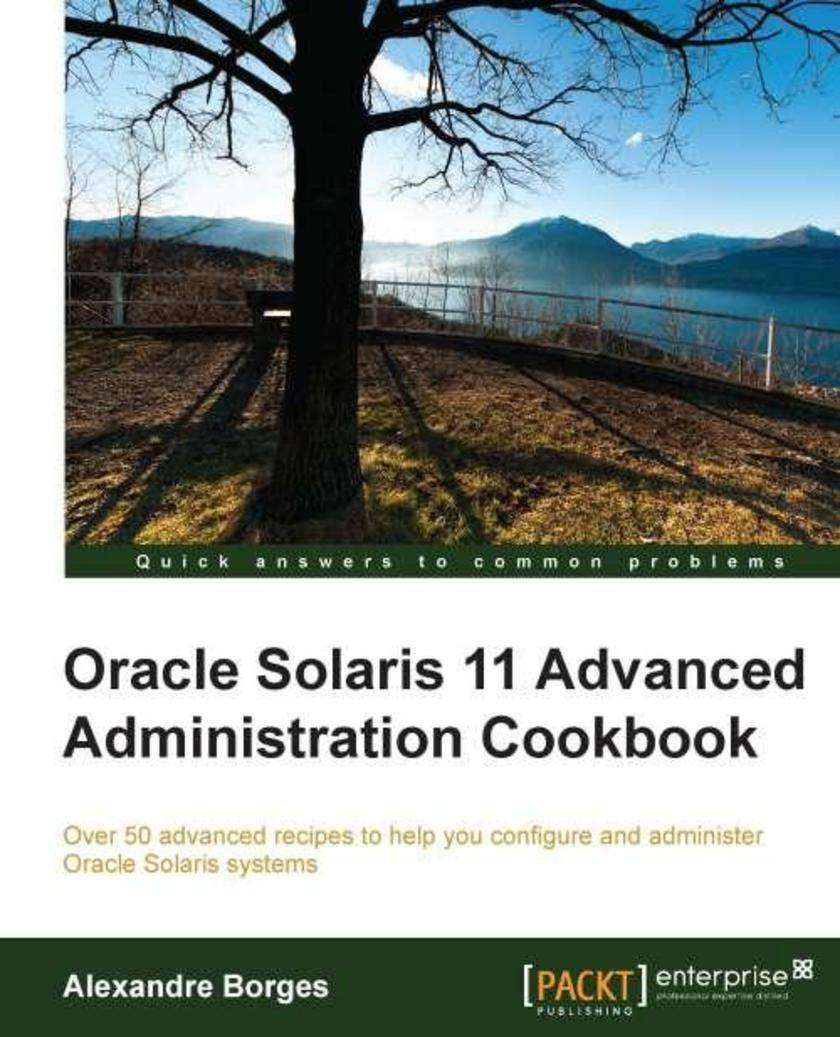
Oracle Solaris 11 Advanced Administration Cookbook
¥107.90
If you are a Solaris administrator who wants to learn more about administering an Oracle Solaris system and want to go a level higher in utilizing the advanced features of Oracle Solaris, then this book is for you. A working knowledge of Solaris Administration is assumed.
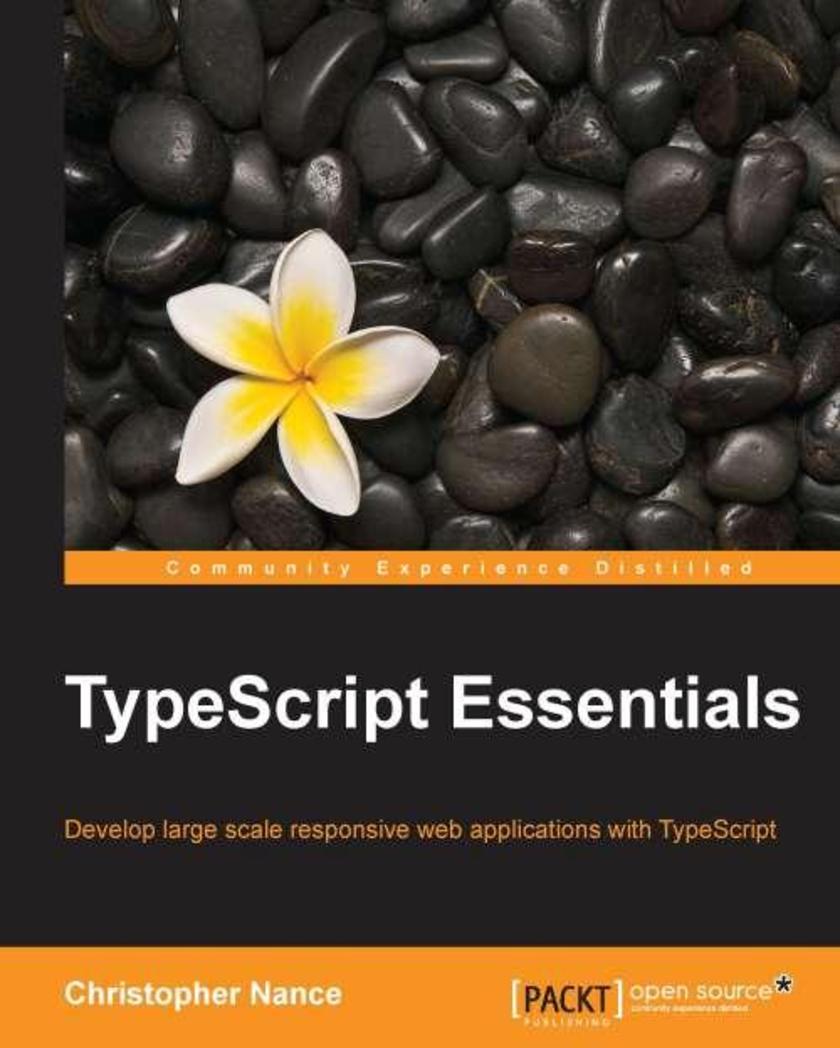
Typescript Essentials
¥54.49
The book introduces the TypeScript language and its features to anyone looking to develop rich web applications. Whether you are new to web development or are an experienced engineer with strong JavaScript skills, this book will get you writing code quickly. A basic understanding of JavaScript and its language features are necessary for this book.
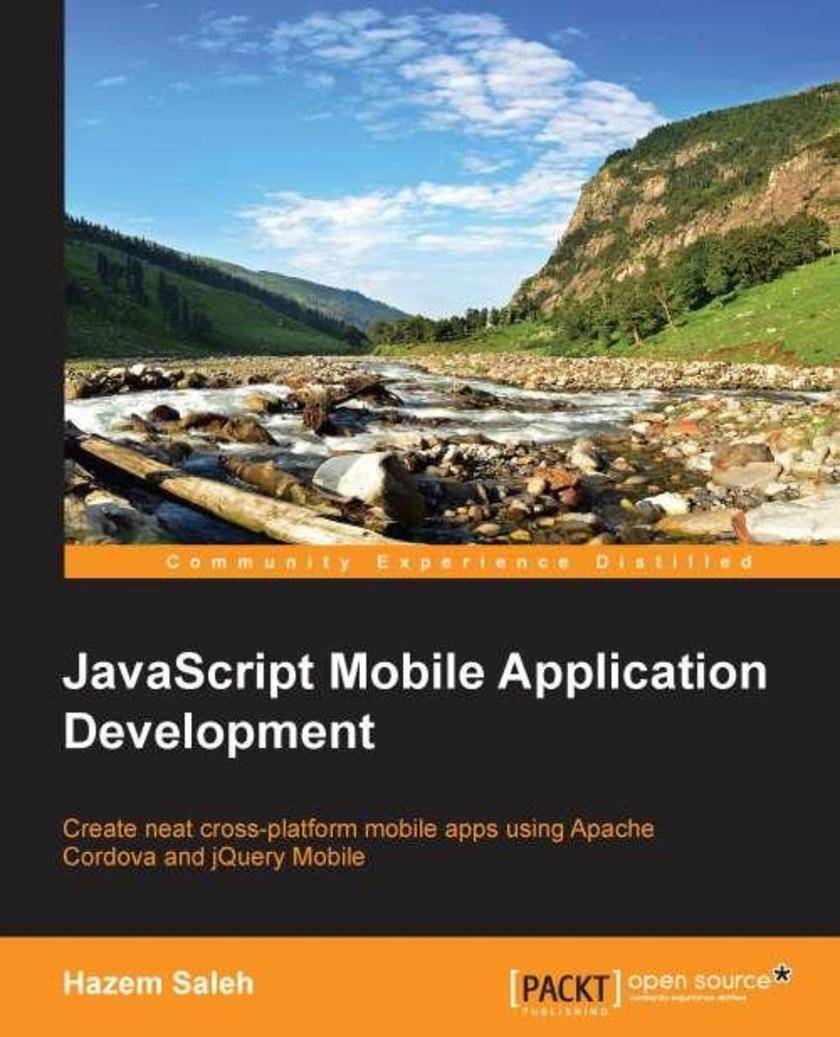
JavaScript Mobile Application Development
¥80.65
If you are a native mobile developer, with some familiarity with the common web technologies of JavaScript, CSS, and HTML, or if you are a web developer, then this learning guide will add great value and impact to your work. Learning how to develop mobile applications using Apache Cordova is of particular importance if you are looking to develop applications on a variety of different platforms efficiently.
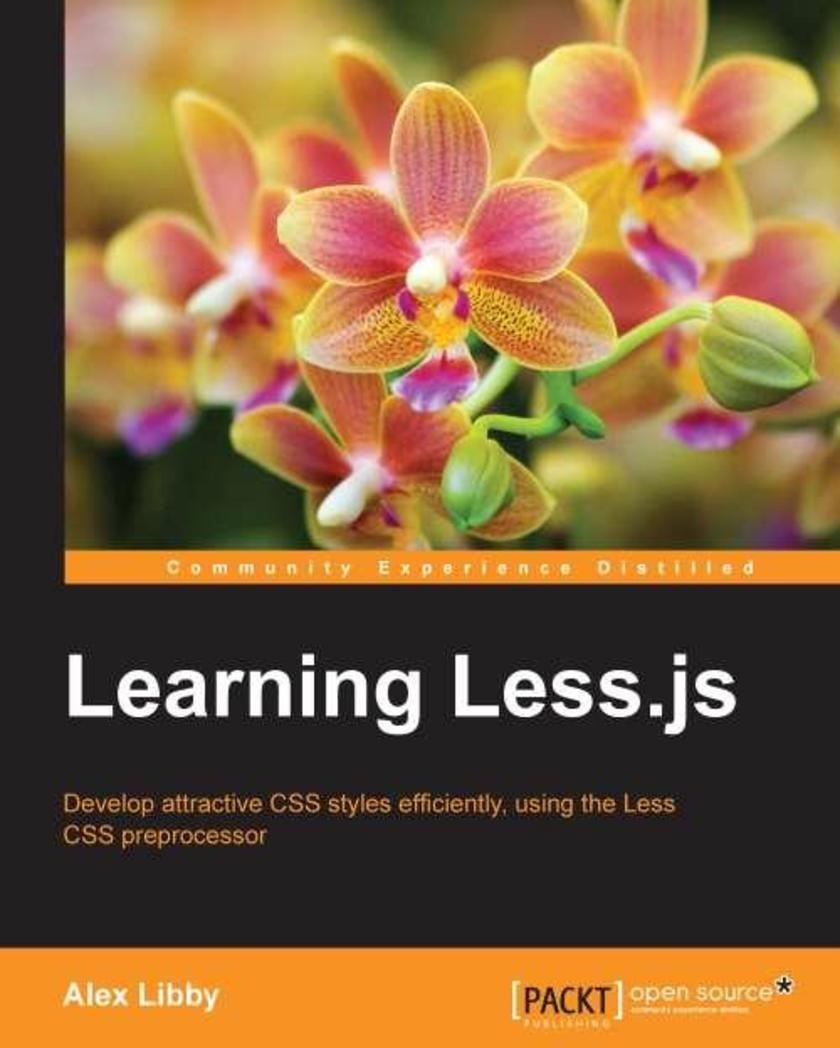
Learning Less.js
¥80.65
If you are a designer or developer who wants to quickly learn how to harness the power of Less.js to write more efficient CSS styles that can be applied to a website of any size, then this book is for you. This book will help you master both the basic functions and advanced features of Less.js. It would be helpful to have some familiarity of writing CSS styles, although no prior experience of using CSS preprocessors is required.
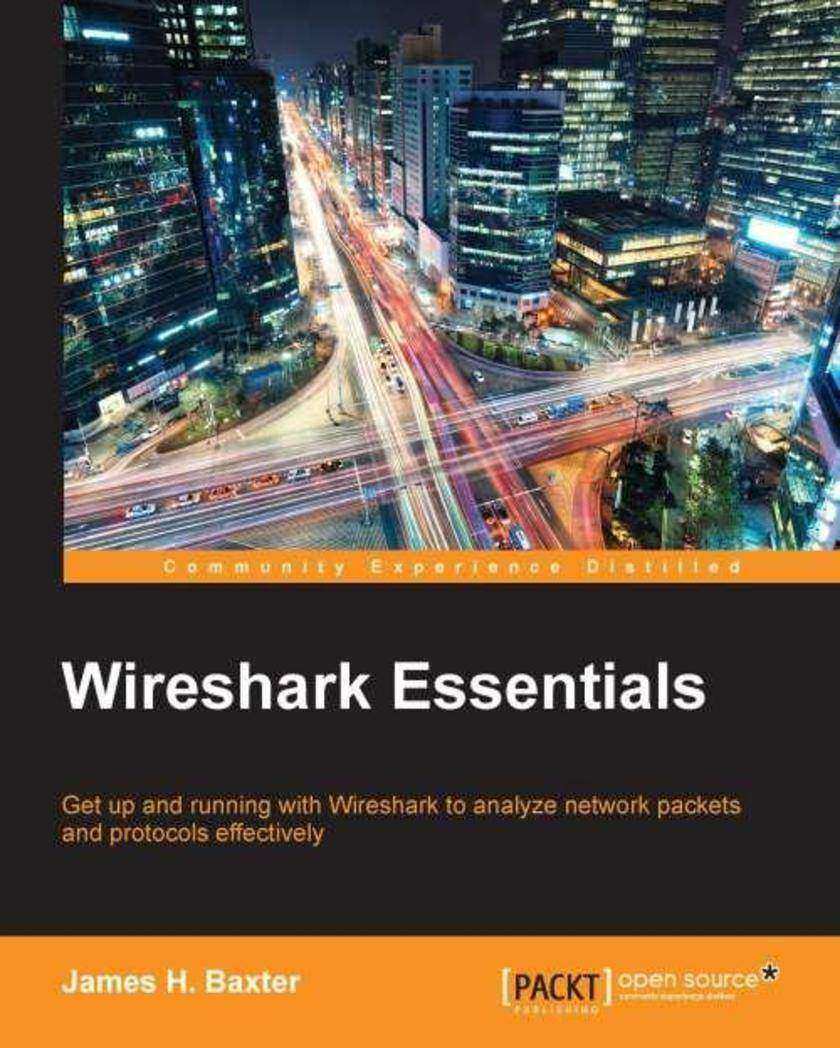
Wireshark Essentials
¥45.77
This book is aimed at IT professionals who want to develop or enhance their packet analysis skills. Basic familiarity with common network and application services terms and technologies is assumed; however, expertise in advanced networking topics or protocols is not required. Readers in any IT field can develop the analysis skills specifically needed to complement and support their respective areas of responsibility and interest.

R Graph Cookbook
¥99.18
Targeted at those with an existing familiarity with R programming, this practical guide will appeal directly to programmers interested in learning effective data visualization techniques with R and a wide-range of its associated libraries.




 购物车
购物车 个人中心
个人中心



